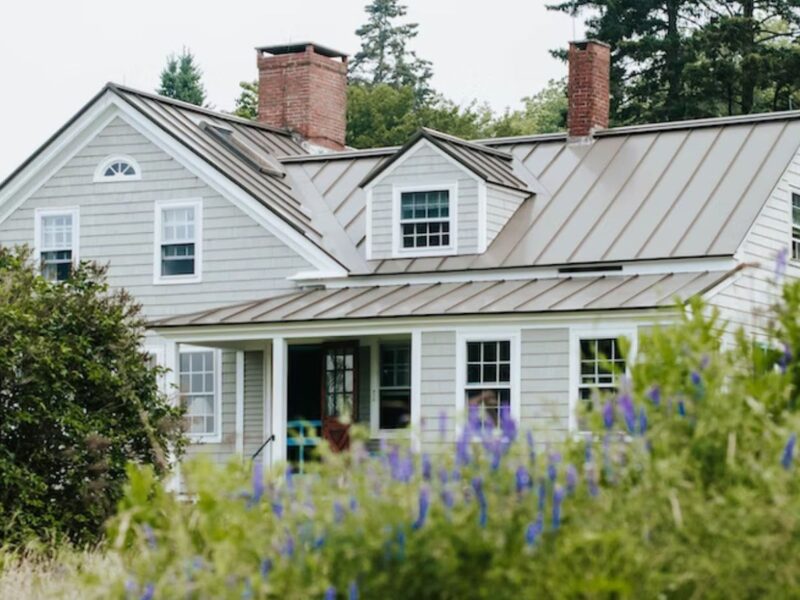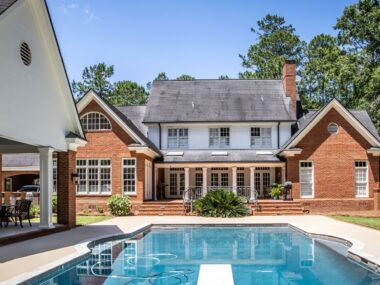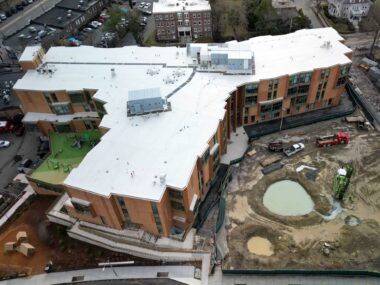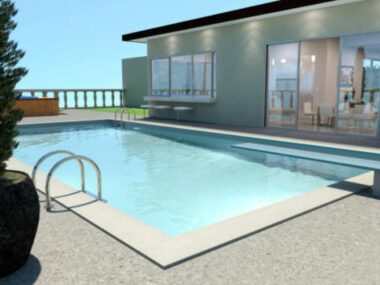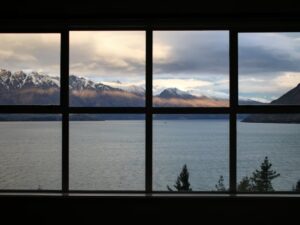Architectural design encompasses more than just the structural aspects of buildings; it embraces the artistry and attention to detail that elevates structures from mere functional spaces to captivating works of art.
Among the often-overlooked elements that contribute to the beauty and character of buildings are the hidden gems at their edges: the ornamental features that grace the roofline.
These historic structures, whether they are centuries-old castles or elegant Victorian townhouses, require a special touch when it comes to restoration and preservation. This is where listed building decorators with experience in the regulations come in.
In this article, we will discuss these architectural accents, often referred to as barge boards. We will see how they play a crucial role in both protecting and enhancing the aesthetics of our built environment.
The Evolution of Roofline Elegance
Over centuries of architectural development, the barge board has evolved from a simple utilitarian component to an intricate work of art. Originally designed to shield the exposed edges of roofs from the harsh elements, barge boards gradually acquired decorative elements, reflecting cultural and historical influences. In ancient civilizations, barge boards were often characterized by basic geometric shapes and patterns, serving as a functional necessity.
However, as architectural styles evolved, so did the barge boards. Gothic architecture, for example, saw the emergence of elaborate tracery designs and delicate foliage motifs adorning the rooflines. Renaissance and Baroque periods brought about even more opulent and ornate barge board designs, showcasing intricate carvings, scrollwork, and sculptural elements.
Similarly, during the Victorian era, architectural styles varied widely, making it somewhat challenging to pinpoint specific characteristics. However, according to a blog post by Homes & Gardens, one prevalent feature found in Victorian architecture, both in the United States and the United Kingdom, is the use of carved or decorative timber barge boards. These barge boards added a touch of elegance to the roofs of Victorian houses, showcasing the craftsmanship that defined the period.
The Artistry in Design
One of the remarkable aspects of barge boards is the attention given to their design and ornamentation. Craftsmen, sculptors, and artists have poured their creativity into these elements, infusing them with intricate carvings, elaborate patterns, and delicate details.
According to Belco Forest Products, the designs can vary greatly, depending on the architectural style, cultural influences, and personal preferences of the era. From floral motifs and geometric patterns to mythical creatures and religious symbols, barge boards serve as a canvas for artistic expression.
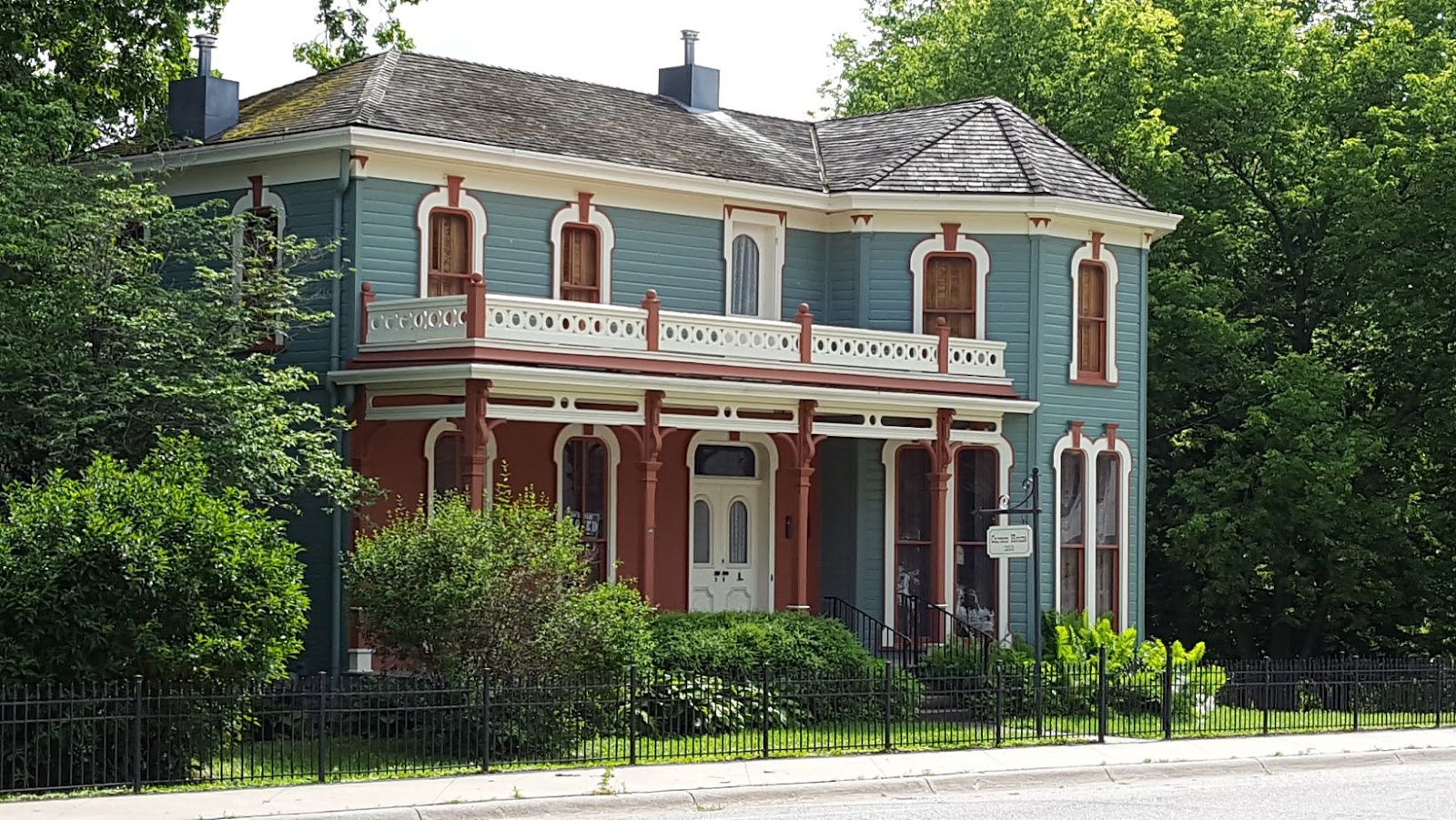
The meticulous craftsmanship required to create these intricate designs showcases the skill and expertise of artisans throughout history. Moreover, the barge boards’ placement at the roofline draws attention to the building’s uppermost part, emphasizing the significance of the design details and adding a touch of enchantment to the overall architectural composition.
Function Meets Form
While the decorative aspect of barge boards is visually striking, their functionality should not be overlooked. These architectural features serve as a protective barrier, shielding the vulnerable edges of roofs from moisture, wind, and other environmental factors. Barge boards create an overhang that helps to prevent water from seeping into the building, thus preserving the structural integrity of the roof.
Furthermore, they act as a transition between the vertical walls and the sloping roof, creating a visually seamless connection. This harmonious integration of form and function ensures that the barge boards not only enhance the aesthetics but also contribute to the overall balance and stability of the building.
It is worth noting that a blog post on Dengarden emphasizes that in order to maintain the functionality of the barge board, it is necessary to replace the barge board to ensure its continued effectiveness. The post also notes that while it may be tempting to take shortcuts, like leaving the existing boards in place and capping over them, this approach is not recommended as it may not address any underlying issues and could lead to further complications down the line.
Many architectural enthusiasts and historians find joy in exploring the hidden delights of barge boards. Uncovering the stories behind these often-overlooked elements offers insights into the historical context and cultural influences that shaped our built environment. Each barge board becomes a testament to the craftsmanship and creativity of its time, revealing glimpses of the past and providing a deeper appreciation for the architectural heritage surrounding us.
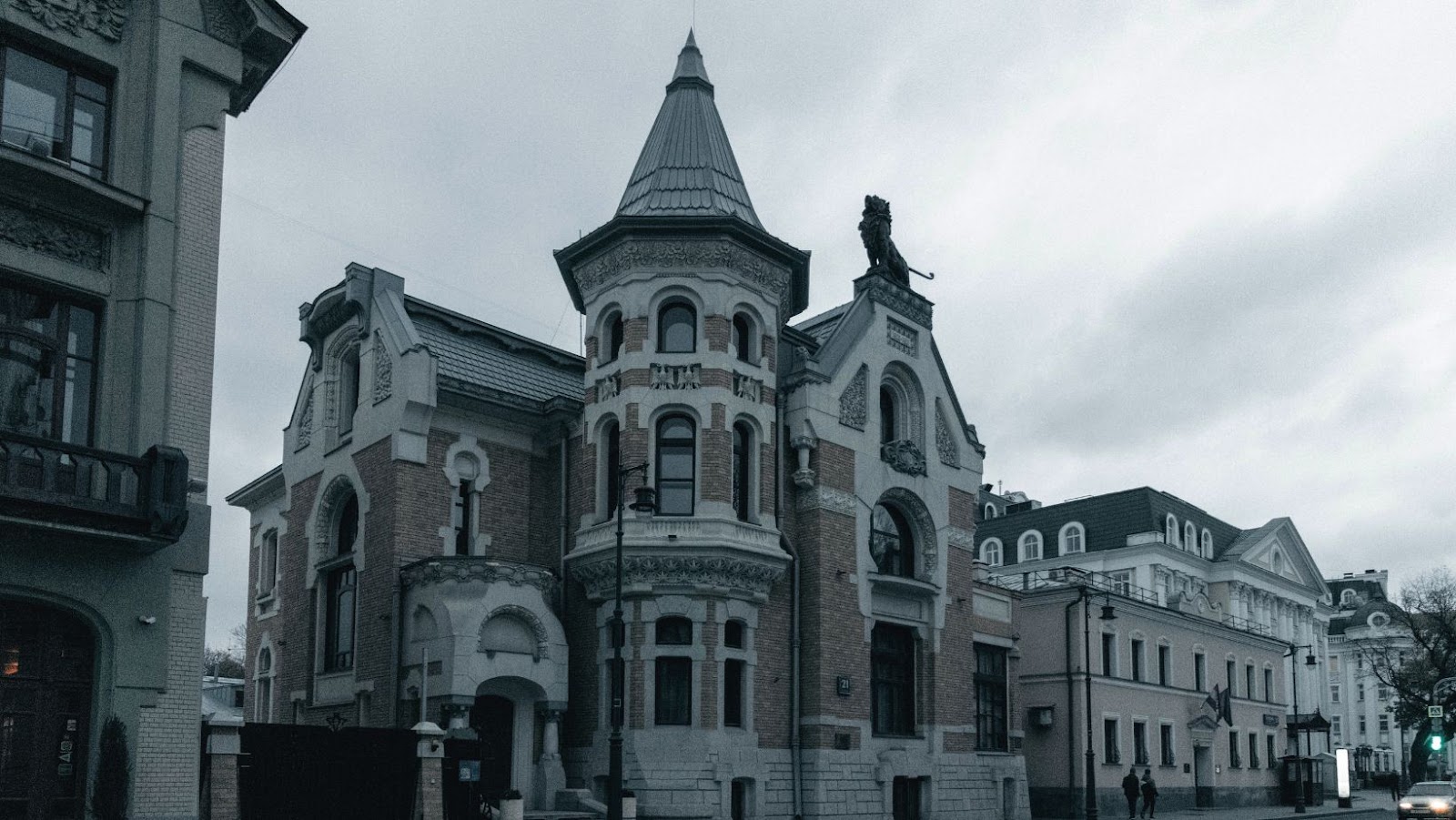
Analyzing the details of the carvings, studying the influences of different architectural movements, and examining the historical significance of the designs allow us to unlock the hidden narratives embedded within the barge boards. In a blog post from October 2022, Dirt.com provided a detailed review of a charming English cottage dating back to the Gothic Revival era. The article emphasized the profound understanding one can gain about Gothic Revival architecture solely by examining the intricate design of the barge boards.
These hidden delights not only enrich our understanding of the buildings themselves but also shed light on the broader cultural and artistic influences of their respective periods.
Key Takeaways
The exploration of barge boards in architecture reveals the remarkable marriage of form and function. These often-overlooked elements at the edges of buildings have evolved from simple protective components to intricate works of art, reflecting the cultural and historical influences of different eras.
The meticulous craftsmanship and attention to detail showcased in their designs highlight the skill and expertise of artisans throughout history. Moreover, the significance of barge boards extends beyond their aesthetic appeal, as they play a crucial role in preserving the structural integrity of roofs and creating a harmonious connection between walls and sloping roofs.
Delving into the hidden delights of barge boards offers valuable insights into the architectural heritage, cultural influences, and artistic expressions of our built environment.
